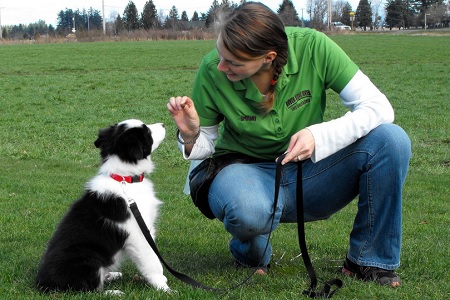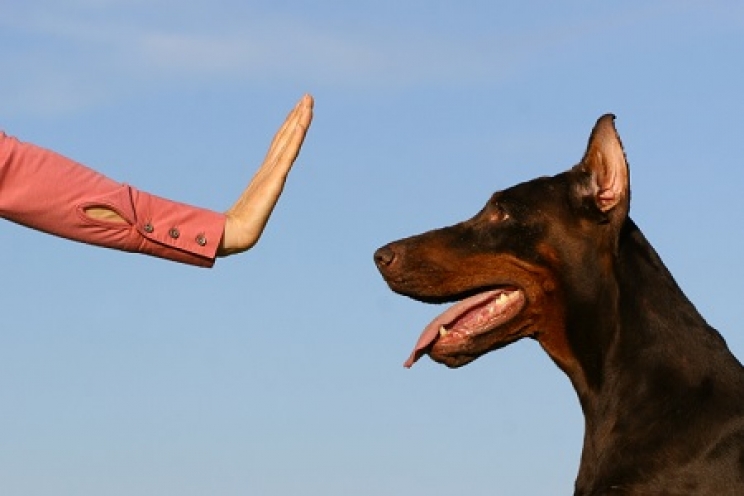The "stay" command is very useful for the owner, but also for the dog. That's why it should be one of the first commands your pet comprehends. Let's see how teach them in a simple and effective way.
The stay command can be fundamental in many situation. Think, for example, of a dog that tends to shoot as soon as it sees a cat. We should absolutely avoid the dog to hurt himself or other animals surrounding him. Therefore, the command "stay" is particularly useful in these cases. If we were to be outdoors, without a leash and a car approaching at a high speed it is essential to keep our dog still to avoid tragic consequences.
To begin with, we need to equip ourselves with the usual necessities, which can range from snacks to the clicker method. Both will be perfectly valid. The command "stay" necessarily requires the dog's previous acquisition of the command "sit" or "down", which, as we have said many times, represents an excellent starting point for communicating with the dog in order to have his full attention when we are about to talk to him
- We ask the dog to sit or lie down;
- We stand in front of him, bringing one hand up to the muzzle, not too close;
- At the same time we pronounce our command "stay!", We move one step back and, if the dog has remained still, we give him a treat or click the clicker;
- We continue several attempts;
- Once he has been able to understand our command, will we be able to move further and further away, remembering to always give the command when we are next to him, and then return to the dog to reward him once he has performed the exercise.
 An alternative method is based on posture
An alternative method is based on posture- Let's stand next to the dog and ask him to sit down;
- Once he has done it, let's reward him by giving him a treat. Let's give him more than one snack, to make sure he understand that our goal is to keep him still;
- We position ourselves in front of the dog and reward him if he stays still, let's go back next to him and reward him again
- Each time we proceed with the exercise, we can rotate a few steps backwards at a time, making sure that the dog remains seated in the same point. We should not expect too much fro the first attempts. Even two or three steps back is more than enough;
- Let's go back to the dog and reward him once again. If the dog moves, we repeat the activity from the beginning;
- Once he has learned the mechanism, we repeat the exercise over and over again.
The goal of this command is not to create a statue of our pet, so once we have rewarded the dog, let it move freely.
The "stay" command is also very useful as a support for all dogs that tend to eat very quickly. As we have seen in the specific article for this problem, every time we hand the bowl to the dog, we must always make sure that it can only approach the it with our command, to avoid greedily eating its food and becoming aggressive.










